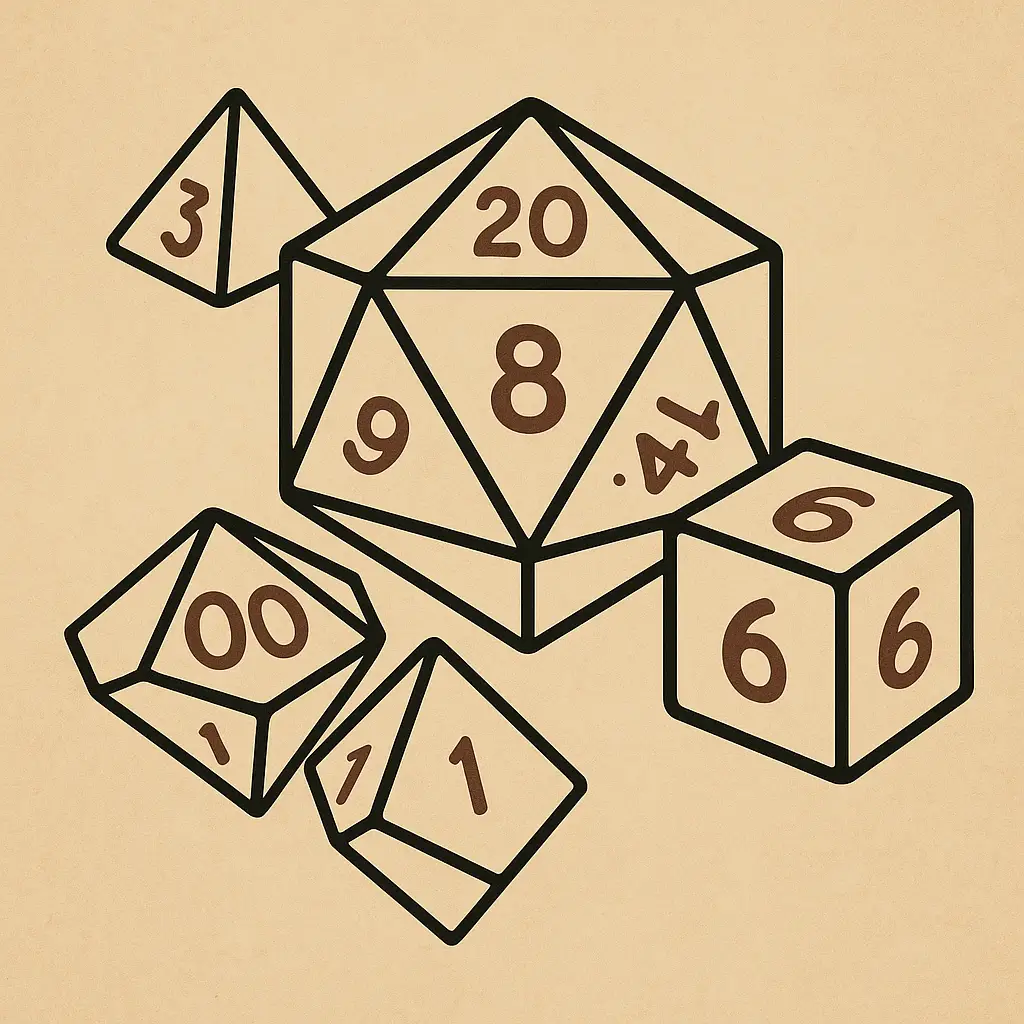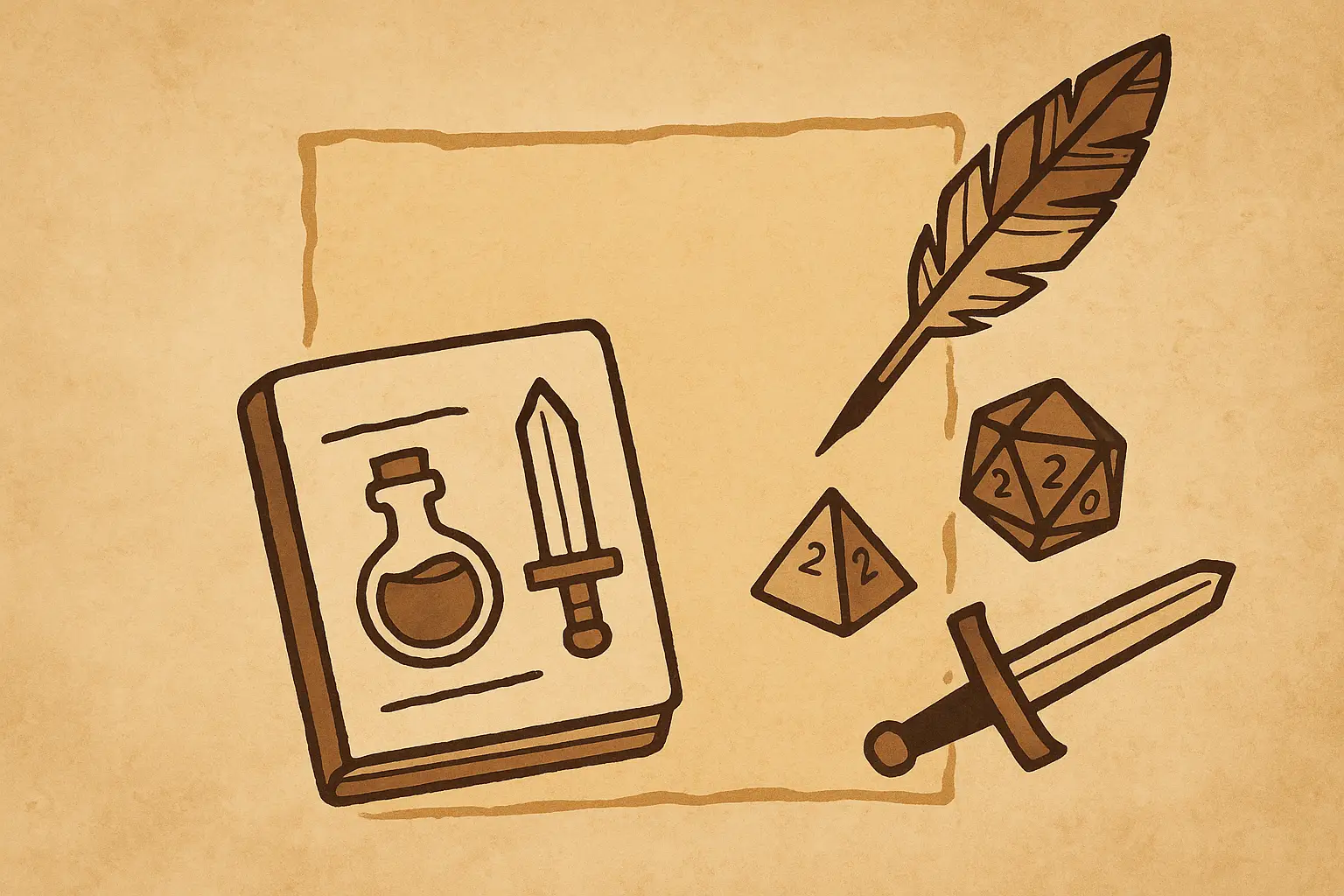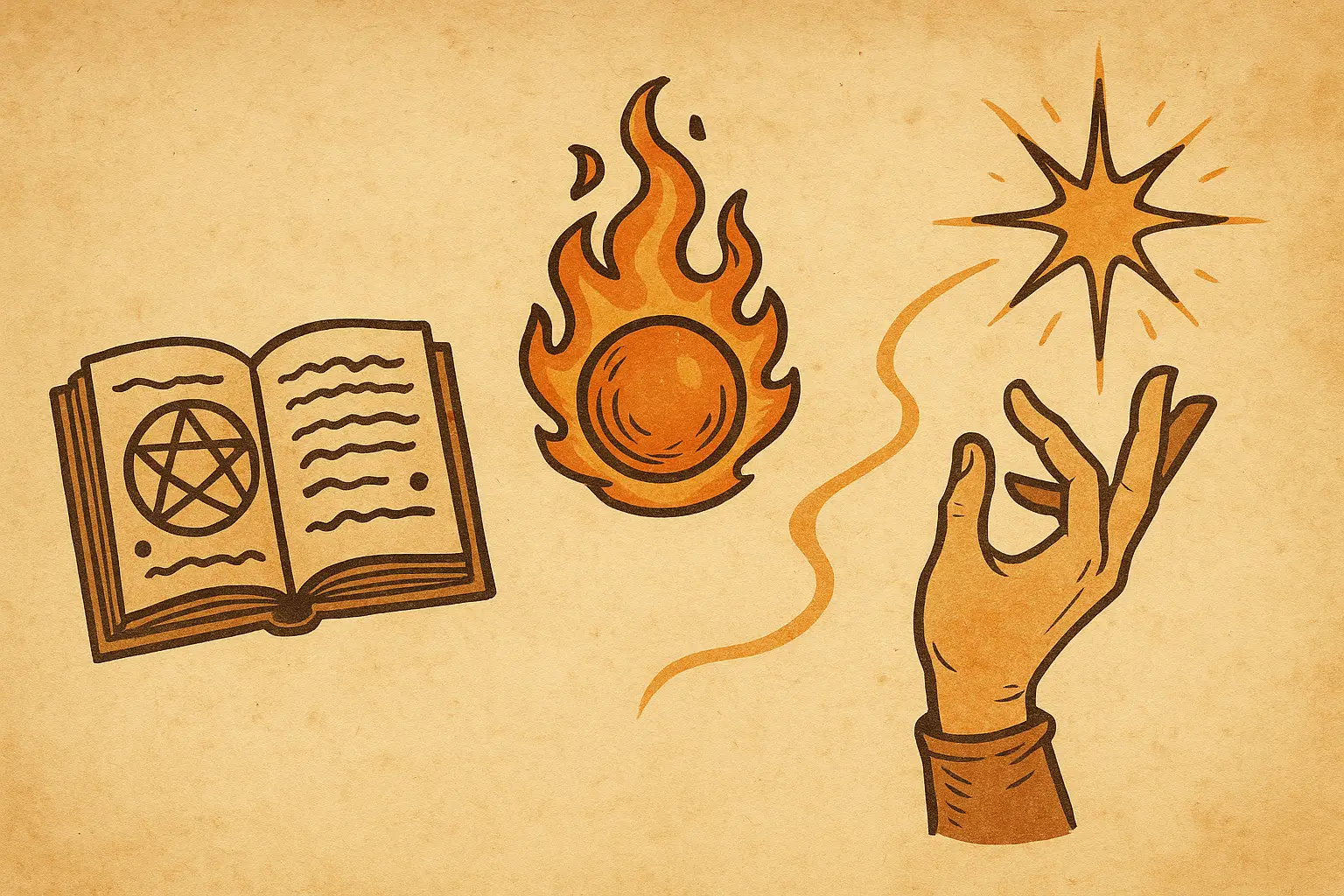Demystifying the math behind your dice rolls—so you can game smarter, not just harder
Dice are the lifeblood of tabletop RPGs.
From the tense roll of a d20 before a dragon strike to the satisfying tumble of percentile dice when looting the vaults of a forgotten lich, dice make magic—and misfortune—real.
But beyond the clatter and chaos lies something much deeper: probability.
Understanding how your dice really work can change how you build characters, approach challenges, and tell stories. Whether you’re a strategic player, a math-curious game master, or someone who just wants to know why you keep missing, this guide will walk you through the core mechanics of dice in tabletop RPGs—and how to use them to your advantage.
Let’s roll.
🎯 What Is Dice Probability?
At its simplest, probability is the chance of a specific outcome happening.
For example:
- A six-sided die (d6) has 6 possible outcomes.
- Each number has an equal chance of showing up.
- So, the chance of rolling a specific number (say, a 6) is 1 out of 6—or 16.67%.
But most TTRPGs don’t just ask “Did you roll a 6?” They ask:
- Did you roll above a target number?
- Did you roll with advantage or disadvantage?
- Did your multiple dice add together to beat a challenge?
That’s where things get more interesting.
🎲 The d20 System: Not Just a Big Coin
In D&D and many similar games, most actions are resolved with a d20 roll + modifiers.
You roll a 20-sided die, add your bonus (skill, stat, magic, etc.), and try to beat a Difficulty Class (DC)—a target number set by the GM.
Here’s a quick look at the raw probabilities:
| Target DC | Chance of Success (No Modifier) |
|---|---|
| 5 | 80% |
| 10 | 55% |
| 15 | 30% |
| 20 | 5% |
Why it matters:
These systems feel more consistent. You’ll get fewer “nat 1s and 20s,” and more steady outcomes.
🎲 If you want dramatic highs and lows → Use d20-based systems.
📈 If you want predictable averages → Use multi-dice systems like 2d6 or 3d6.
💀 Percentile Dice (d100)
Percentile-based games, like Call of Cthulhu, use d100 rolls to test skill percentages.
If your skill is 60%, you succeed on a roll of 01–60. Simple, right?
But even here, nuance creeps in:
- “Critical success” on 01–05
- “Fumble” on 96–100 (or worse if untrained)
- Resistance rolls often pit one skill vs. another’s margin of success
These systems are transparent—the odds are what you see. But they rely on careful calibration of character skills.
🧠 Strategy: Increase your skill % over time for consistency. But beware the dread of rolling a 99 at the worst time.
🔀 Exploding Dice & Margin-Based Rolls
Other systems (like Savage Worlds or Shadowrun) introduce:
- Exploding dice: Roll the max? Roll again and add it!
- Success thresholds: You don’t just want to succeed—you want degrees of success.
Example:
- Roll 4d6 and count how many dice are 5+
- 1 success = basic outcome
- 2+ = superior outcome
- 0 = failure or complication
These systems encourage:
- Building dice pools (more dice = more chances)
- Managing risk
- Creative thinking (especially when spending resources to “buy” rerolls or bonuses)
🎯 Fun note: Exploding dice feel great because they break the curve. You always have a sliver of hope for a dramatic comeback.
🧠 How to Use Probability Strategically
1. Know When to Risk Big
If you only succeed on a roll of 18+, you’ve got a 15% shot at best. Ask yourself:
- Can we afford to fail?
- Do I have rerolls?
- Is there a safer path?
2. Stack Modifiers Carefully
In games where +1 = +5% chance, every bonus counts.
- Inspiration
- Magical buffs
- Flanking, help actions, clever narration
Stacking two +2 bonuses doesn’t feel like much—but it’s +20% against DC 15.
3. Choose the Right Dice for the Right Moments
- Use d20s when you want dramatic highs and lows.
- Use 2d6/3d6 for steadier outcomes.
- Use percentile when you want full transparency.
🧪 Homebrew Mechanics? Know Your Math
If you’re designing your own system or tweaking a published one, think about:
- How often do you want players to succeed?
- Should low rolls mean failure or complication?
- Are critical hits/failures rare or frequent?
Tweak:
- The size and number of dice
- The target numbers
- The bonus curve
And always ask: “Does this support the game’s tone and pace?”
💡 Final Tips: Read the Table, Not Just the Math
Dice may be numbers, but TTRPGs are emotional.
Sometimes a 5% chance feels like a sure thing. Sometimes you roll three natural 1s in a row and start questioning your alignment.
Use probability to:
- Support your strategy
- Inform your design
- Deepen your roleplay
But remember—at the end of the day, the dice are just part of the story.
You’re still the one telling it.


